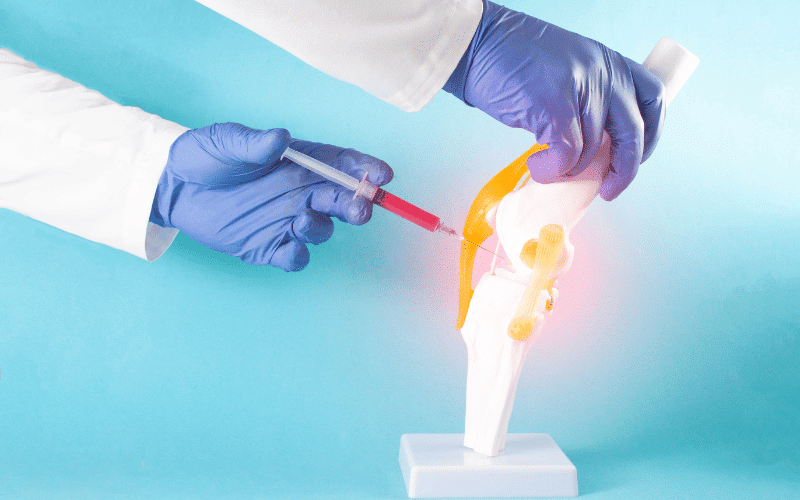Sign 2. Joint Pain and Swelling: Aching Warning Signs

Joint pain and swelling are prevalent in individuals with lupus. The discomfort often occurs in the hands, wrists, and knees and may feel like a dull ache or a throbbing sensation, making it difficult to perform everyday activities. If you’re experiencing persistent joint discomfort, especially in combination with other symptoms, it’s essential to consult a medical professional.
Joint pain in lupus is typically caused by inflammation, which leads to swelling and tenderness in the affected joints. The pain can be intermittent or persistent, and its severity can range from mild to debilitating. It’s important to note that joint pain in lupus is usually symmetrical, meaning it affects the same joints on both sides of the body.
One of the challenges in diagnosing lupus based on joint pain is that it can resemble other conditions, such as rheumatoid arthritis or osteoarthritis. However, unlike these conditions, lupus-related joint pain generally doesn’t cause permanent damage to the joints. It’s vital to work closely with your healthcare team to obtain an accurate diagnosis and appropriate treatment plan. (2)